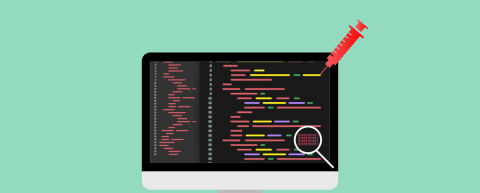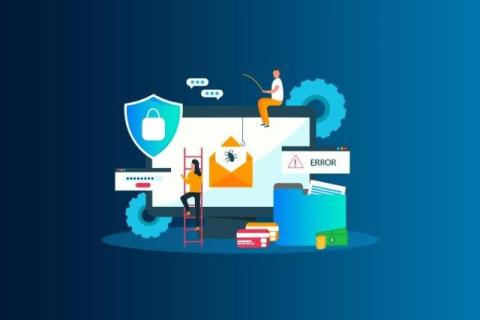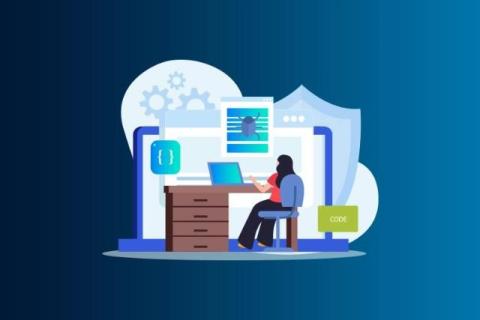Critical Vulnerabilities Discovered in Automated Tank Gauge Systems
Industrial Control Systems (ICS) have become a ubiquitous part of modern critical infrastructure. Automatic Tank Gauge (ATG) systems play a role in this infrastructure by monitoring and managing fuel storage tanks, such as those found in everyday gas stations. These systems ensure that fuel levels are accurately tracked, leaks are detected early, and inventory is managed efficiently.











